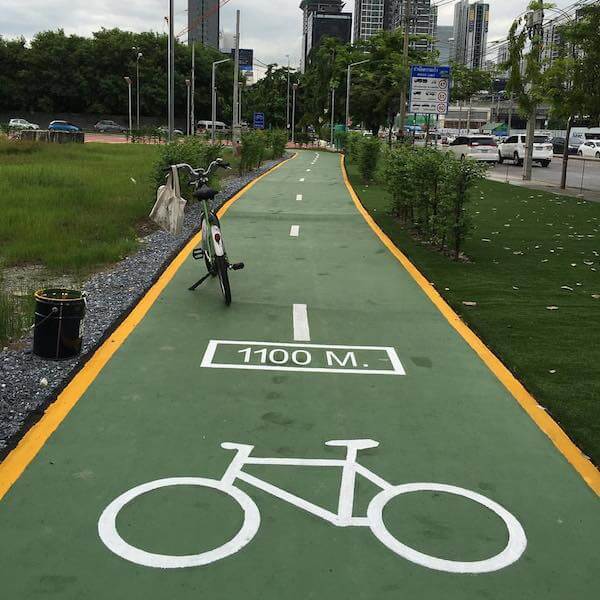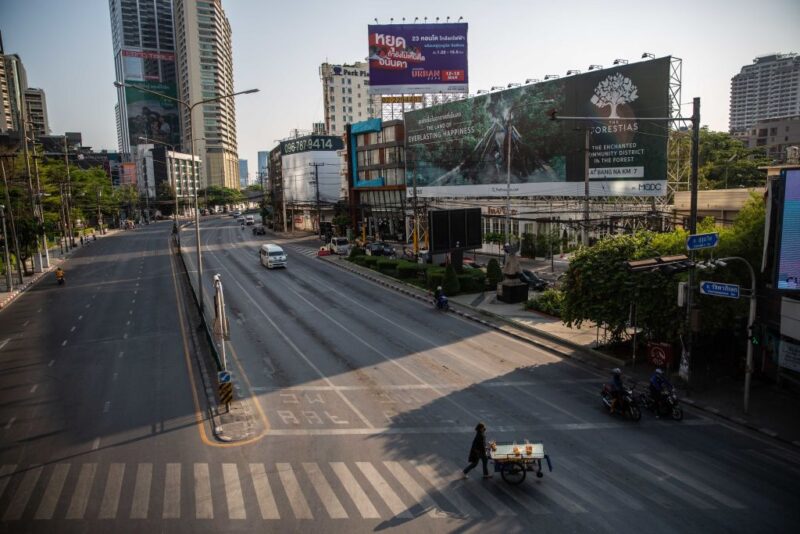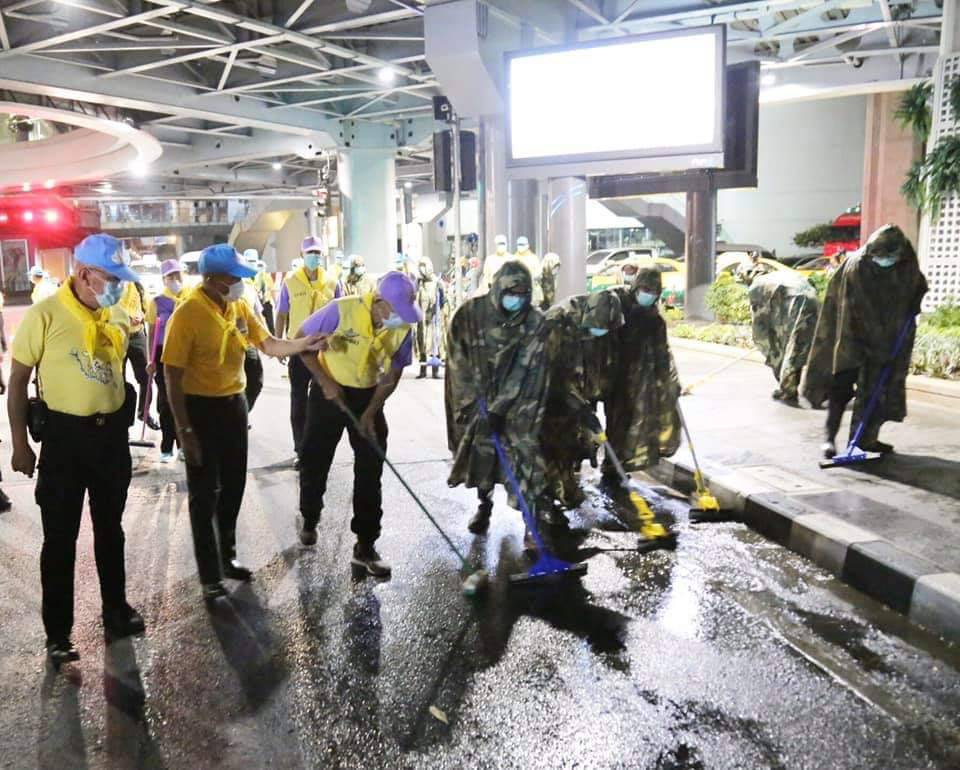When Philadelphia’s administrators took over the task of cleaning streets, clearing gutters, and collecting rubbish in 1793, it wasn’t just an example of civic-minded thinking. It was a response to the very specific threat of yellow fever, and it worked. Similarly, London’s underground sewer system was developed because of the bad smell of wastewater which was thought to be responsible for diseases like cholera. Roads also became wider, straighter and paved to prevent water from stagnating around the city.
The evolution of cities has been closely tied to the need to fight disease as more and more people have lived closer and closer together. How will Covid-19 shape the future of 21st-century cities like Bangkok? There is already evidence that the hygiene infrastructure of cities is changing again, although this time, much of this is in the digital world. In this article, we focus on the physical changes that may happen over the coming years.
Will offices become a thing of the past?
For those who can work at home, or in their local co-working space or cafe(mostly middle-class office workers), travel will be reduced if not eliminated. This of course depends on company policies, but many are already considering more flexible work practices. Facebook, Salesforce and Twitter have all announced that the majority of their workforce will work from home in future.
There are benefits for these organisations. Real estate is often their largest running cost apart from people (and this cost could increase if the need for social distancing continues). Organisations now have “proof of concept,” that remote working can succeed. At Thammasat University, where we both teach, the transition to online classes was relatively smooth and likely to become a permanent feature of the mix of teaching methods.
In the old world (or as the Economist calls it, “BC – before Covid”), working from home was seen as suspicious, an excuse to goof off. In the AD (“after domestication”) world, the opposite may be true. Why would anyone want to work in the office if there’s no need to? The spontaneity and random interactions that fuel creativity may be more difficult, but perhaps they will happen elsewhere? And from our personal viewpoints, video conferencing has made interactions less formal, often revealing much more about colleagues than we ever saw in the office.
Finally, the “rhythm” of work was already changing, blurring the barriers between home and office. For many people, those barriers have now disappeared. The downside is that weekends and the “9 to 5” work schedule may become even less relevant. The upside is greater flexibility to work and take breaks when you please. Did anyone ever really enjoy the commute to work?
Going green and staying in the open
Many people have had two months to enjoy life without the daily commute and big cities have already been rethinking transport infrastructure. In Bangkok, will people really want to stuff themselves onto the crowded BTS or MRT? Will being stuck in traffic, but in your own space, become any more desirable (although more tolerable if there are fewer occasions)?
It’s likely that many people will want to avoid large and crowded indoor spaces for some time to come. Much has been written about Bangkok’s “superspreader moment” at a Thai boxing match, and this has been a common pattern around the world at sports events, factories, cruise liners, and even places of worship. Is public transport any different?
Athens has recently widened pavements and enlarged public squares in response to the pandemic, while also banning traffic from some areas of the city. Cities like Paris and Melbourne have talked about plans to make local neighbourhoods self-sufficient so that everything people need to access is within 15 or 20 minutes of their homes.
Although not a direct response to Covid-19, Ho Chi Minh City has announced ambitious plans to build an additional 650 hectares of public parks and flower gardens over the next 10 years (one square metre of public park per resident). Singapore has similar plans. These reflect a greater emphasis on opening cities up and creating green spaces.
Another sign of this trend is the new boom in bicycles. Cities in Europe, North America, and South America have taken the opportunity to introduce new bike lanes. London has seen a huge drop in use of public transport and has been introducing “pop-up” cycle lanes to allow people to travel, exercise, and social distance. The city is looking at more permanent ways to extend footpaths, add cycle lanes and restrict driving in some areas. While Bangkok doesn’t have cycle lanes yet, electric boats are returning to Bangkok’s old town canals to provide alternative ways to navigate the city.
Moving to a different place
Bangkok’s recent urban expansion has been tied to the local transport infrastructure and the need for people to commute to work. If those needs diminish, some people may decide that there are more advantages to living in the suburbs, or even completely outside the city, where life is simpler, there is more open space, and the cost of housing is lower. This could spur growth in local community malls which serve smaller catchment areas, and encourage a shift from large city centre malls where social distancing is already impacting the overall experience.
Supercities such as New York and Paris have already started to see people leave city centres to move to the suburbs and London’s population has only been sustained by international arrivals. The salaries and opportunities may be more limited outside big cities, but the cost of living is also lower, and people may decide that safety, security, and comfort are more important.
These shifts may also bring other changes too. Does this signal the start of a new age or a return to the past? Until the 19th century, most people worked at or close to their homes. Time will tell, but history shows that cities like Bangkok will never be the same.
About Culture Kitchen
Culture Kitchen combines cultural insight with marketing, branding and behavioural change know-how to help you plan your brand’s future growth. Click here to download our free ebook covering the 7 Ways that Covid-19 will Shape the Future of Brands.
[This article was originally written for the Bulletin of the Foreign Correspondent’s club of Thailand (FCCT) which you can read here.]






